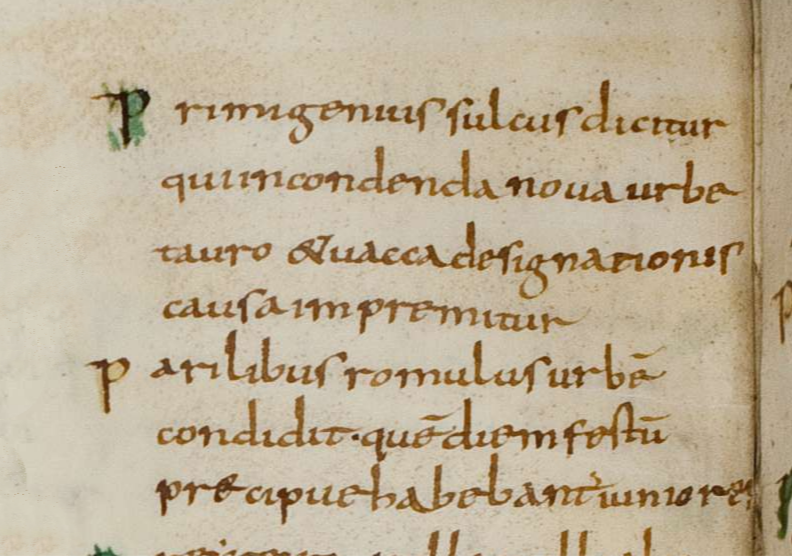16 Wrestling Moves
- sulla80

- Jun 26, 2022
- 2 min read
Updated: Nov 2, 2023
Greek wrestlers apparently had more than one move.
"These staters which seemingly display only a pair of wrestling figures at first sight, in fact describe 16 positions. The wrestlers sometimes hold each others’ arms, sometimes one holds the other’s arm whereas the other holds his opponent’s neck and in other instances one is trying to get a hold of the other’s waist.
-Tekin (2000) Tekin's 1991 unpublished thesis is available online (in Turkish) from Istanbul University.

Pamphylia, Aspendos, circa 380-325 BC, AR Stater (21-22mm, 10.63g, 12h)
Obv: Two wrestlers grappling
Rev: [E]ΣTFEΔ[IIVΣ], slinger in throwing stance right, triskeles to right, all within pelleted square border.
Ref: SNG BNF 45
A small detail: the triskeles have different orientations (some are feet forward clockwise, others including this coin feet forward counter-clockwise).
Derived from "Tekin's 1991 Thesis" these are the 16 positions - the differences can be small between positions. ("opp" or "o" == opponent; "ext" = extended)

Here's my unusual (unique?) AE variation of a coin that is usually silver - perhaps a counterfeiter's fourré core?

Pamphylia, Aspendus, circa 400-380 BC, AE stater (9.47g, 22.5mm)
Obv: Two naked wrestlers grappling
Rev: ΕΣΤFEΔΙΙΥΣ, Slinger in throwing stance right, drawing sling taut over head, triskeles in field before, all within dotted square within square
Ref:Tekin Series 3; AMC 2959
"The influence of Aspendos extended into the inland mountains of Pisidia, where in about 375/370 Selge initiated a coinage which differed from the Aspendian only in its ethnic and in the minor symbols in the field. Indeed, the imitation that the same engravers appear to have served both mints, which suggests close ties of friendship between the two cities."
-Kraay, Archaic and Classical Greek Coins
I have three examples of these coins from Selge with the first showing a die clash on the left edge of the obverse. You can see the incuse imprint of a reverse die, where it hit the obverse die without a flan between the two.

It is not clear to me which part of the reverse die this is (maybe not the die that was used for this coin?). It seems likely to be one of the slinger's arms extending to the edge of the coin.
This first coin described by CNG in 2015 for a different coin with same dies as "very rare, none in CoinArchives") because of the control between legs of the slinger.

Note the subtle difference in wrestling move on this next coin : wrestler on the left grabbing wrist (vs. wrestler on the right grabbing wrist in the previous coin).

this the same coin as above with different dies.

Pisidia, Selge, circa 325-250 BC, AR Stater (24mm, 7.60g, 12h)
Obv: Two wrestlers grappling; K between
Rev: ΣΕΛΓΕΩΝ, slinger in throwing stance right; to right, counter-clockwise triskeles above club facing downward (K between legs on the first coin)



Comments